In the war in the Gaza Strip, Israel faces a choice between three strategic alternatives: continuing to pursue a ceasefire agreement to secure the release of some of the hostages while adhering to the goal of dismantling and disarming Hamas; agreeing to end the war under Hamas’s terms in exchange for the release of all the hostages; or occupying the Strip and imposing a temporary military administration, with the hope that this will result in the release of the hostages. Each of these options involves significant costs alongside relative advantages, but none fully realizes the war’s objectives. This article examines the implications of occupying the Gaza Strip and how this option addresses the war’s objectives compared to the other two alternatives.
Situational Overview
Israel has been at war in the Gaza Strip for nearly two years. Despite inflicting significant damage on Hamas’s capabilities, the war’s goals have not yet been achieved. Hamas continues to function, both civically and militarily, as the ruling power in substantial parts of the Gaza Strip. Although these areas are not geographically vast, their importance lies in their symbolic weight and status as organizational strongholds with dense populations. For example, Hamas controls the Gaza City area, western Khan Yunis, the central refugee camps, and the al-Mawasi area, where about half of the Strip’s population resides. Additionally, Hamas has been seizing control of most of the humanitarian aid entering northern Gaza. Military, the organization has adapted to the new reality and operates in a mode of terror and guerrilla warfare. It has partially rebuilt its capabilities and reinforced its ranks with young recruits. Although these recruits lack proper training and experience and serve as “cannon fodder” in guerrilla battles against the IDF, they still manage to inflict casualties and engage in policing and law enforcement duties within Hamas-held territories. Hamas’s efforts to preserve and restore its capabilities are aimed at renewing its threat against Israel, whose destruction remains the organization’s raison d’être.
Hamas’s civilian capabilities also remain intact. In northern Gaza, Hamas continues to enforce its authority over the population, including carrying out executions of suspected collaborators with Israel or looters of humanitarian aid. It still controls municipal systems (albeit now through emergency committees that have replaced the local councils), manages the economy in its territories, including tax collection, and maintains its grip and influence over humanitarian aid facilities and shelters, especially those run by UNRWA, where many displaced persons are staying. In southern Gaza and al-Mawasi, Hamas operates in some areas, while in others, its control has weakened — mainly due to the loss of control over aid distribution and the growing presence of the Abu Shabab militia, to which the IDF has handed control over much of the area between Khan Yunis (Morag route) and Rafah. In these areas, Hamas seeks to disrupt food distribution efforts by the Gaza Humanitarian Foundation (GHF) through intimidation, preventing civilians from reaching distribution centers—even through gunfire—and targeting local initiatives supported by Israel.
Israel has also yet to achieve the goal of creating conditions for the release of all its hostages. Despite recent Israeli successes in recovering the bodies of some hostages, Hamas still holds 20 living hostages and the remains of 30 more. It is possible that Hamas may struggle to access the bodies of some of the deceased hostages, either because they were held, murdered, and buried by other groups, or because those who buried them are no longer alive, and the massive destruction has altered the landscape to the point that locating their graves has become impossible.
In parallel, Hamas continues its efforts to shape public perception both internationally and within Israeli society. Its achievements are significant. Hamas’s narrative regarding the number of casualties in Gaza portrays all the victims as civilians, and accuses Israel of genocide, starvation, and war crimes. It also conceals its own responsibility for the outbreak and continuation of the war, particularly its use of civilians as human shields and of civilian and humanitarian facilities for terrorist purposes. This narrative is spread by international media and humanitarian aid organizations and is being adopted by political leaders. Under pressure from the media, intellectual elites, and their political bases, and influenced by the “green-red” alliance, these leaders adopt highly critical positions toward Israel, including threats of boycotts and sanctions. Within the Israeli context, Hamas’s leadership in Gaza and abroad is attuned to the public discourse, protests against the government, and pressure to bring back the hostages and end the war, as well as the ongoing political crisis and instability of Israel’s political system.
Moreover, from Hamas’s perspective, the motivation of U.S. President Donald Trump and his administration to achieve a diplomatic win by bringing about an end to the war and securing the release of the hostages is seen as potential leverage over Israel to pressure it to show flexibility and agree to concessions in negotiations. This assessment has caused Hamas’s leadership to remain firm in its negotiating positions regarding a hostage deal, the war’s outcomes, and the future of the Gaza Strip, while treating the hostages as its most valuable bargaining asset. Israel, for its part, has remained resolute in not ending the war without the return of all hostages, the complete dismantling of Hamas as a military and governing entity, a transformation of Gaza’s security reality to eliminate substantial threats to Israel, and the retention of operational freedom of action to “mow the grass” whenever necessary, following a model similar to that used in Judea and Samaria.
It should be noted that Hamas’s leadership considers sumud (steadfastness) a supreme value with religious significance that transcends national meaning. The organization believes that merely surviving as the dominant armed force in Gaza, even in a weakened and damaged state, constitutes a form of victory over Israel. In Hamas’s view, the October 7 attack was a justified action that significantly advanced its goal of Israel’s destruction, returned the Palestinian issue to the forefront of the regional and international agendas, and disrupted the normalization process between Israel and Arab states. Justifying the October 7 attack and maintaining its armed presence in Gaza are existential principles for Hamas, making it extremely difficult for them to compromise. If Hamas is successful in these aims, the resulting sense of achievement and victory would not only motivate Hamas to rebuild its strength but also encourage the entire “axis of resistance” led by Iran.
Implications of the Situation for Israel’s Security Interests
The only way to prevent Hamas’s resurgence is through its complete dismantling as the effective ruling entity in the Gaza Strip, both as a military force and a governing organization. Hamas’s reported willingness to relinquish civilian control to the Palestinian Authority or a technocratic body is misleading as long as it refuses to disarm. As long as it retains military capabilities, even if significantly diminished by the war, it is likely to rebuild its military strength, with Iranian backing, under the guise of reconstruction efforts and the freedom of action afforded to it. This would allow Hamas to maintain de facto control over any civilian governing alternative established in the Strip.
An example of this occurred on July 12, 2025, when six senior operatives from Hamas and Islamic Jihad, involved in rebuilding military capabilities beyond those required for guerrilla warfare, were eliminated. These six individuals were part of a broader pattern of similar eliminations during that month. A group genuinely interested in a ceasefire and an end to the hostilities would not invest in restoring significant military capabilities. This pattern suggests that Hamas does not intend to relinquish its military capabilities. The fact that it continues these efforts amid intensive IDF operations and harsh combat conditions indicates the scale and intensity of its actions in the absence of war or an Israeli military presence in Gaza.
The Meaning of Dismantling Hamas
Complete dismantling of Hamas as an effective governing force does not mean eliminating every leader and operative, nor destroying every last rocket. It also does not mean eradicating Hamas’s ideology or removing its influence from the hearts and minds of Palestinians. Rather, dismantling Hamas means eliminating its capacity to function as an organized military and governmental authority in Gaza. This includes removing its ability to enforce law and order, operate municipal services and civil state mechanisms in Gaza—administer humanitarian aid and control its distribution, collect taxes, and oversee the local economy (even if limited), instill fear in the population, and exercise control over their daily lives.
As for its military capabilities, Hamas currently retains two brigades, the Gaza Brigade and the Khan Yunis Brigade. Although these brigades are not fully functional, they still have active commanders and preserved military structures. Hamas continues to recruit young men, arm them, and place them within existing units and in terrorist and guerrilla warfare operations. It has also succeeded in restoring its independent weapons production capabilities, relying on remnants of unexploded IDF bombs and on manufacturing facilities and knowledge centers that were not damaged.
Unless Hamas is dismantled as the de facto ruling entity in Gaza, and even if it appears weakened, no viable civilian alternative can emerge, and no real reconstruction process in the area can begin. A secure reality in and around Gaza cannot be established, nor can the threats of raids into Israel, rocket fire, and disruption to the lives of residents in the western Negev and beyond be eliminated. As a result, it would be extremely difficult to convince residents of the Gaza border communities that it is safe to return to, or continue living in, their homes.
Israel’s Strategic Options and Their Advantages and Disadvantages
In practice, Israel faces a choice between three strategic options, all of which involve significant costs alongside benefits, and none of which fully guarantees the achievement of the war’s objectives:
1. Strengthening the current policy of increasing military pressure on Hamas to compel it to accept the ceasefire outline proposed by the mediators and accepted by Israel. This includes efforts to weaken Hamas’s financial base and control over the population by encouraging movement southward (“the humanitarian city” is being used as a code name for a large, sheltered area in southern Gaza, in accordance with international law), promoting control over aid distribution centers of the GHF, and enabling local initiatives (like the Abu Shabab militia in eastern Rafah) to replace Hamas as the governing authority in specific areas.
The problem is that it is unclear whether intensified pressure will lead Hamas to accept Israel’s demands within the improved Witkoff framework—a deal to release about half of the hostages in exchange for Israel’s commitment to a two-month ceasefire, withdrawal from northern Gaza, release of numerous terrorists, including senior, high-risk ones, and serious negotiations on ending the war. Under this framework, the ceasefire would be extended as long as negotiations continue, and Israel would demand Hamas’s disarmament and the departure of its leaders from the Strip.
Meanwhile, Israel faces mounting international pressure and diminishing international support, including from the United States. On the ground, the war continues to exact a toll on the IDF.
If Hamas can be dismantled through a negotiated agreement, that would be the most desirable outcome, as it could lead to both the release of the hostages and an end to the war. The current optimism surrounding the possibility of such a deal stems from the assumption that the heavy blows Hamas has sustained—the ongoing erosion of its control over the population, the weakening of the Iranian axis of resistance, and the widespread devastation inflicted on Gaza’s population and infrastructure—might compel it to accept the conditions set by Israel and the United States for hostage release and, eventually, for ending the war. However, if Hamas continues in its refusal to accept the deal, increasing pressure will ultimately lead to the collapse of its military and governance capabilities in accordance with the defined objectives of the war—without significantly endangering the lives of the remaining hostages and possibly even facilitating the release of some without negotiations, and without Israel taking control of Gaza’s population or establishing a military administration.
2. An agreement based on accepting Hamas’s terms for the release of all hostages. This option would entail ending the war, securing the release of all the hostages, a full Israeli withdrawal from Gaza, allowing Hamas to remain the primary military force in the Gaza Strip, and the release of many additional terrorists from Israeli prisons. This scenario enjoys support from many of the hostages’ families and segments of the Israeli public and political system.
Proponents of this option emphasize several key advantages. These include the release of the hostages, which they see as a demonstration of mutual responsibility and the state’s commitment to its citizens; the end of the war as a way of preventing further loss of life among soldiers; reducing the fatigue of both the army and public; easing the financial burden caused by the war both directly and indirectly (extended reserve duty, limited air operations, closure of the Eilat port); and improving Israel’s deteriorating image abroad and reducing the disproportionate damage, in their view, that Israel inflicted on Gaza’s infrastructure and population.
Although supporters of this option acknowledge that it will not fulfill the rest of the war’s objectives, they argue that the damage already done to Hamas and Israel’s firm security policy—centered on enforcement and operational freedom to prevent Hamas’s rearmament—will likely prevent another October 7-type event. They also believe it is possible to install a governing body to replace Hamas in civilian matters, composed of Arab, Palestinian, and international actors, and to condition the Strip’s reconstruction (assuming the “voluntary emigration” plan is implemented only in a limited way) on the Palestinians’ abstention from future military action.
However, an analysis of the current combat situation, insights from months of war and negotiations, as well as prior familiarity with Hamas, its ideology, and its efforts to restore its destructive military capabilities, indicate that expectations for such an agreement and for such a fundamental shift in Hamas’s position are overly optimistic. This optimism also fails to align with Qatar’s stance and conduct. Qatar has yet to apply maximum pressure on Hamas’s leadership, and its interest remains to preserve Hamas’s survival as a significant force in Gaza and the broader Palestinian arena. Encouraged by Qatari support, Hamas’s leadership continues to adhere to hardline positions in negotiations and is preparing to remain influential in Gaza even in the aftermath of the war.
Even if an agreement is reached to return all hostages, end the war, and disarm Hamas, significant doubts would remain about Hamas’s willingness and ability to release all the hostages. The hostages are Hamas’s most valuable asset, serving as a guarantee for its survival and as a deterrent against a full-scale Israeli military operation due to fears that the IDF may harm them. Thus, Hamas may not be quick to release them all and is expected to demand American guarantees as a condition for fulfilling this demand. And even if Hamas agrees, it may not be capable of doing so. It is possible that not all the hostages—especially the deceased—are in Hamas’s possession. (For example, on July 22, 2025, Islamic Jihad reported it had lost contact with the captors of one of the hostages.)
Moreover, this option does not address the concern that Hamas would portray the new reality as a victory and justification for the October 7 attack, further motivating its military resurgence and desire to conduct another such attack. This aligns with the statements of its leaders and the prevailing sentiments among much of the Palestinian public, as reflected in polls by the Palestinian Center for Policy and Survey Research (PSR) led by Dr. Khalil Shikaki since October 7, 2023. These polls indicate that a plurality of Palestinians support armed struggle and continued attacks against Israelis, while a majority overwhelmingly oppose Hamas’s disarmament, even in exchange for ending the war.
Advocates of this option believe that the threat can be managed by strengthening Israel’s military readiness around Gaza and avoiding the mistakes that led to October 7. If deterrence fails, they argue, Israel can launch another campaign against Hamas—with the hope that Hamas will no longer hold any Israeli hostages. Supporters of this option appear to downplay the constraints Israel would face should it need to resume the war, especially given the likely presence of an inter-Arab task force—possibly supported by an international force—and American guarantees, as President Trump sees ending the war as essential to shaping a new regional architecture.
Moreover, the comparison to Israel’s enforcement policy in Lebanon following the November 2024 ceasefire agreement is flawed for several reasons. First, Hezbollah is not the sovereign authority in Lebanon, whereas Hamas has effectively ruled the Gaza Strip since its takeover. Second, the goal of the war with Hezbollah was to significantly degrade its military capabilities and not to topple the organization, whereas in Gaza, the goal remains the complete dismantling of Hamas as an organized military and governing entity. Third, the Lebanon agreement was signed between Israel and the Lebanese government, which, with American and French support, is working to disarm and weaken Hezbollah. Finally, Israel also has a side agreement with the United States, enabling it to prevent Hezbollah’s rearmament and to respond to violations if Lebanon’s government or military is unwilling or is unable to act. In contrast, in the case of an agreement with Hamas, it is unlikely that the United States would be able to provide Hamas with guarantees against the renewal of hostilities while simultaneously signing a side agreement with Israel that would allow it to act against Hamas. Therefore, it can be assumed that Hamas would categorically reject any such arrangement.
3. Full Takeover of the Gaza Strip and the Establishment of a Temporary Military Administration. Assuming that option A fails and Hamas refuses to relinquish its military control and, effectively, its civilian control of Gaza as part of any hostage release or war-ending agreements, proponents of this option argue that Israel should impose its terms on the Strip through a temporary occupation and the establishment of a military government that would handle the needs of the residents for a period of about two years. This approach assumes Israel will successfully convince its regional partners that it has no territorial claims to Gaza and that it is committed to supporting a civilian governance alternative and a process of reconstruction while securing regional assistance and the necessary international support.
The governance alternatives presented must be acceptable to Israel. A range of models could be considered, including solutions that do not rely on a single governing body for the entire Strip. These could include localized governance solutions for specific geographic areas or a hybrid structure, combining local governance with a federated model that treats Gaza as a unified geographic and specific space. It might also include efforts to create conditions for at least partial implementation of the Trump “voluntary emigration” plan for Palestinians from Gaza.
The option of occupation and the imposition of military rule are not synonymous with the continuation of war. On the contrary, the occupation of the Gaza Strip and the establishment of a temporary military administration constitute the act of ending the war and transitioning to the phase of establishing an alternative governance model to Hamas and creating the conditions for the Strip’s reconstruction process to begin. Ending the current war does not mean ceasing counterterrorism efforts to prevent the establishment of future terror infrastructure in Gaza. Rather, it signals a shift to a different kind of war, similar to the situation in Judea and Samaria.
Strategically, occupation without military rule is ineffective. The dual purpose of a military administration is to prevent Hamas’s resurgence and sever the organization’s ties to the civilian population, which is its power base due to its control of humanitarian aid. The aim is to convince Gaza’s public that Hamas will not return, thereby opening the door for new actors to assume responsibility for civilian governance. It is important to design the military administration from the outset as a temporary military regime under international law, with a narrowly defined mandate limited to the obligations required by law. Its purpose would be clearly focused on establishing effective control over the territory, which includes exercising certain governmental functions.
According to our understanding, international law (specifically Article 55 of the Geneva Conventions) requires the military administration to provide water, food, medicine, and shelter, and to ensure that living conditions for the local population are no worse than they were prior to the occupation. It also prohibits the use of local resources and infrastructure for military purposes, except under special circumstances. A clear Israeli declaration affirming the temporary nature of the military administration should be accompanied by an unequivocal statement that Israel has no territorial claims or intention to renew Jewish settlement in the Gaza Strip. Additionally, Israel must emphasize the two primary objectives of the military administration: to prevent Hamas from reestablishing itself as an effective governing force and to create the conditions necessary for alternative governance and the start of the reconstruction process.
Statements by Hamas leaders suggest that, when launching the October 7 attack, they anticipated a strong Israeli response and prepared for it by embedding within civilian populations and constructing an extensive tunnel network to support a prolonged guerrilla campaign while portraying Israeli actions as war crimes. However, Hamas assumed that Israel would avoid seizing full control of the Strip due to the high costs involved. INSS researcher Elli Lieberman, in an article discussing the reasons for the October 7 warning failure, offers a similar explanation regarding how Sinwar and other Hamas leaders perceived the expected Israeli response. The realization of this assumption—also justified by the risk posed to the hostages—became Hamas’s safety net, assuring that its continued territorial and population control—however weakened—was not fundamentally threatened throughout the war. The hostages, initially intended as leverage to advance Hamas’s broader goals, also have functioned as a tool to deter Israel from occupying the Strip and forcibly removing Hamas from power.
The advantages of this option are clear. It is the only one that may, at least temporarily, enable the achievement of the war’s objectives against Hamas: the direct collapse of Hamas’s military and governing capabilities, and consequently, the removal of the terror threat from Gaza toward Israeli territory, as well as the creation of conditions that would allow the safe return of residents to their homes in the communities around Gaza. In terms of the conditions for securing the release of the hostages, while IDF operations could risk unintended harm to the hostages or provoke Hamas, they could also compel Hamas’s remaining leaders to recognize the futility of continued warfare and to prioritize their own survival and potential for rebuilding the organization outside of Gaza. Hamas is expected to keep the hostages alive, as they are its key bargaining chip. Israeli control might also encourage Palestinians with relevant information about the hostages to come forward, which they avoid as long as they are not convinced that Israel’s actions will strip Hamas of its control over the population.
Still, the disadvantages of this option must also be acknowledged. First, although opponents of this option may exaggerate its financial and military costs, with some citing estimates of 40 billion NIS annually and the need for four IDF divisions, in reality, the figures are likely much lower. Nonetheless, it is clear that this approach would still require a substantial and sustained financial investment, in addition to military engagement and resources. The burden on the IDF would be substantial, as controlling a densely populated area would necessitate the long-term deployment of a sizable military force, even if smaller than the proposed four divisions. Based on our assessment, two divisions would likely suffice to establish and maintain control over the territory.
Moreover, a full takeover could further harm Israel’s international image unless accompanied by Arab regional support and U.S. backing. Domestically, it may exacerbate divisions within Israel and fuel uncertainty regarding the transition to civilian governance. Regardless of these challenges, Israel would remain responsible for preventing the reemergence of terror networks in Gaza.
The Meaning of Choosing Between the Options
Choosing among the three options—escalating the war, accepting Hamas’s terms for the release of the hostages, or imposing military administration over the Gaza Strip (each with various intermediate versions)—is difficult. None of the options guarantees achieving all the war’s objectives, and each carries significant costs. The apparent advantage of the first option is that it allows for the gradual attainment of the goals while postponing a decisive choice between the other two options. It also enables the preservation of understandings with the U.S. administration, which are crucial for other fronts as well.
However, given the ongoing difficulties in reaching a deal with Hamas—and the concern that such a deal may fail to secure the release of all the hostages while enabling Hamas to recover and halt the erosion of its control over the population, which it views as the primary threat—underscore the need to ensure any agreement avoids such outcomes. Israel should intensify direct pressure on Hamas, including via Qatar, which has yet to apply maximum pressure because the United States has not requested it to do so, and should prepare for alternative courses of action if negotiations fail.
If talks collapse, the logical next step would be a full Gaza takeover under temporary military administration. The IDF and the political leadership seem to be moving in that direction, but it should be implemented as a calculated, strategic decision and not as a reactive move to changing circumstances, with mounting domestic and international costs.
Two alternatives to this proposal exist. One involves seizing about 70% of Gaza and imposing military administration there while placing the rest—mainly Gaza City and the central refugee camps—under siege, allowing civilians to evacuate via monitored humanitarian corridors, and applying military pressure to force Hamas’s surrender or destruction. The second is a full occupation and unified military administration. The phased approach offers time to organize and adjust and may reduce the IDF’s attrition, but the disadvantage is that it is for a longer period. The military should present both options, and the political echelon should evaluate them within a broader framework, beyond military considerations.
The decision to complete the full takeover of Gaza would shatter Hamas’s guiding logic: that Israel is unlikely to take such action. If Hamas and the residents of Gaza become convinced that Israel is determined to pursue this path, the chances of reaching an agreement with Hamas—with terms much closer to Israel’s—would significantly increase, as would greater civilian cooperation with Israel.
A Final Note
Every decision is legitimate. Those who hold differing views all seek Israel’s best interests, and their positions reflect varying considerations and insights regarding the situation. In any case, and especially at this critical moment of decision, the comparative discussion between the alternatives should be based on data and thoughtful analysis. Decision-makers must make the necessary choices and stand by them rather than be dragged into circumstances that could have been deliberately shaped long ago. This recommendation applies to any course of action the political leadership ultimately adopts—as long as it makes a decision.
JISS Policy Papers are published through the generosity of the Greg Rosshandler Family.
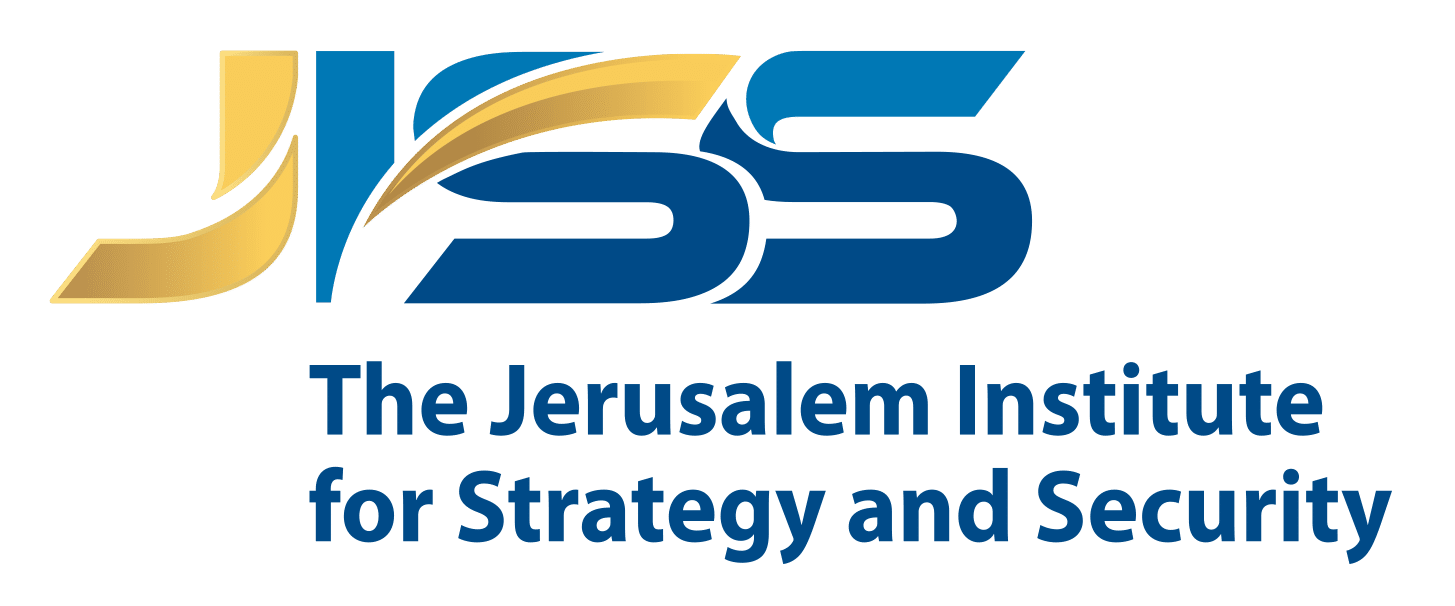






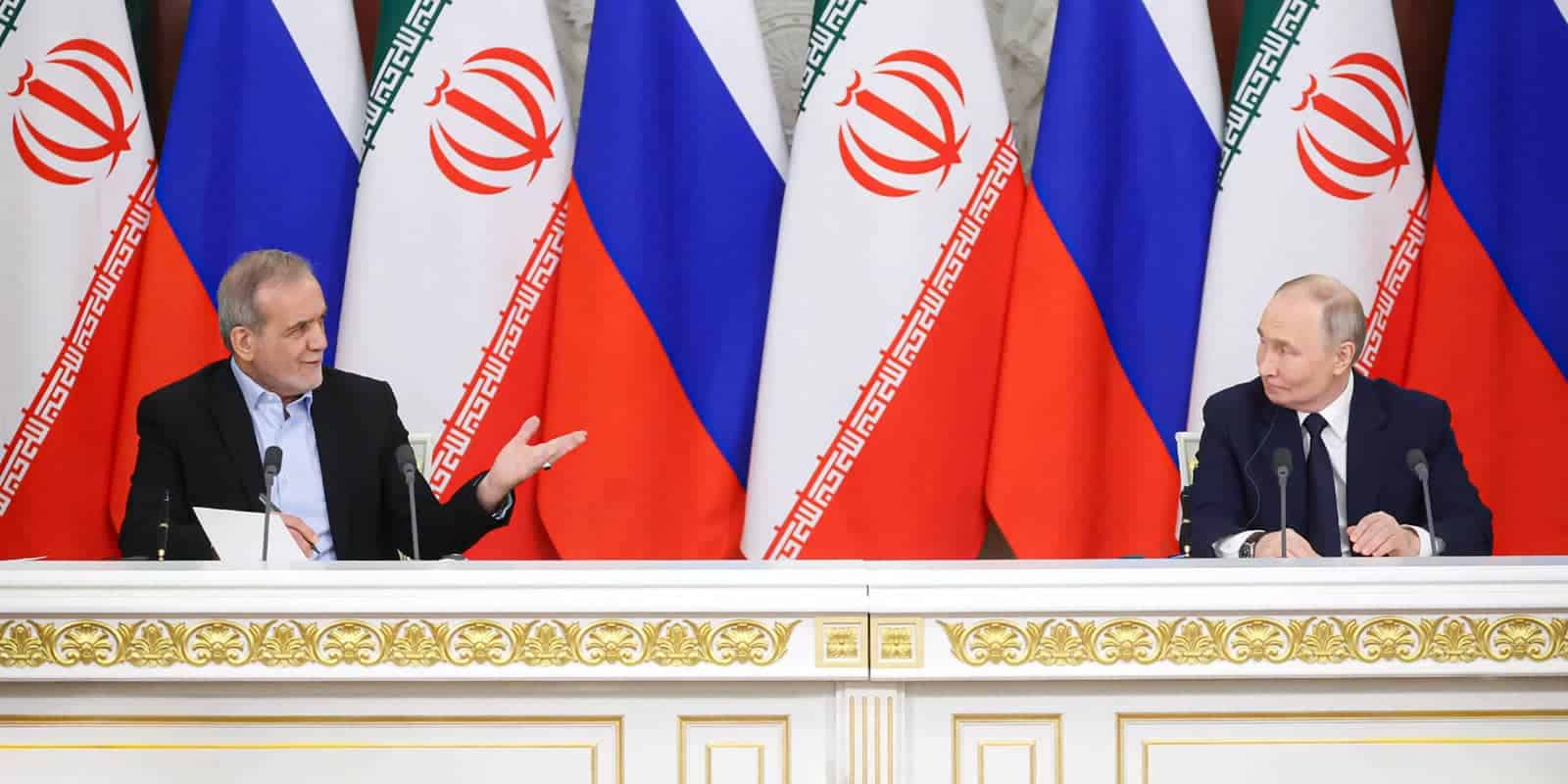
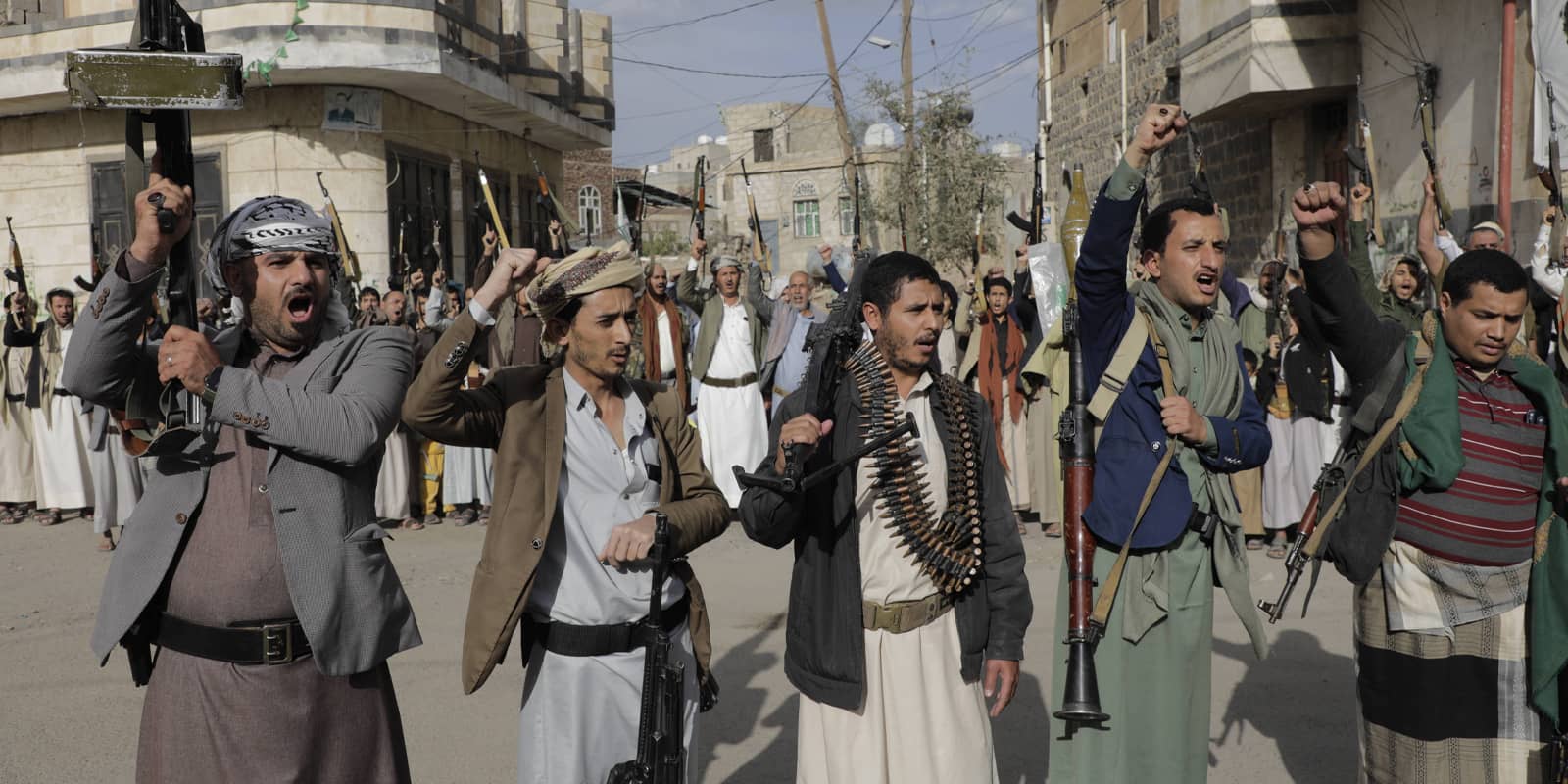
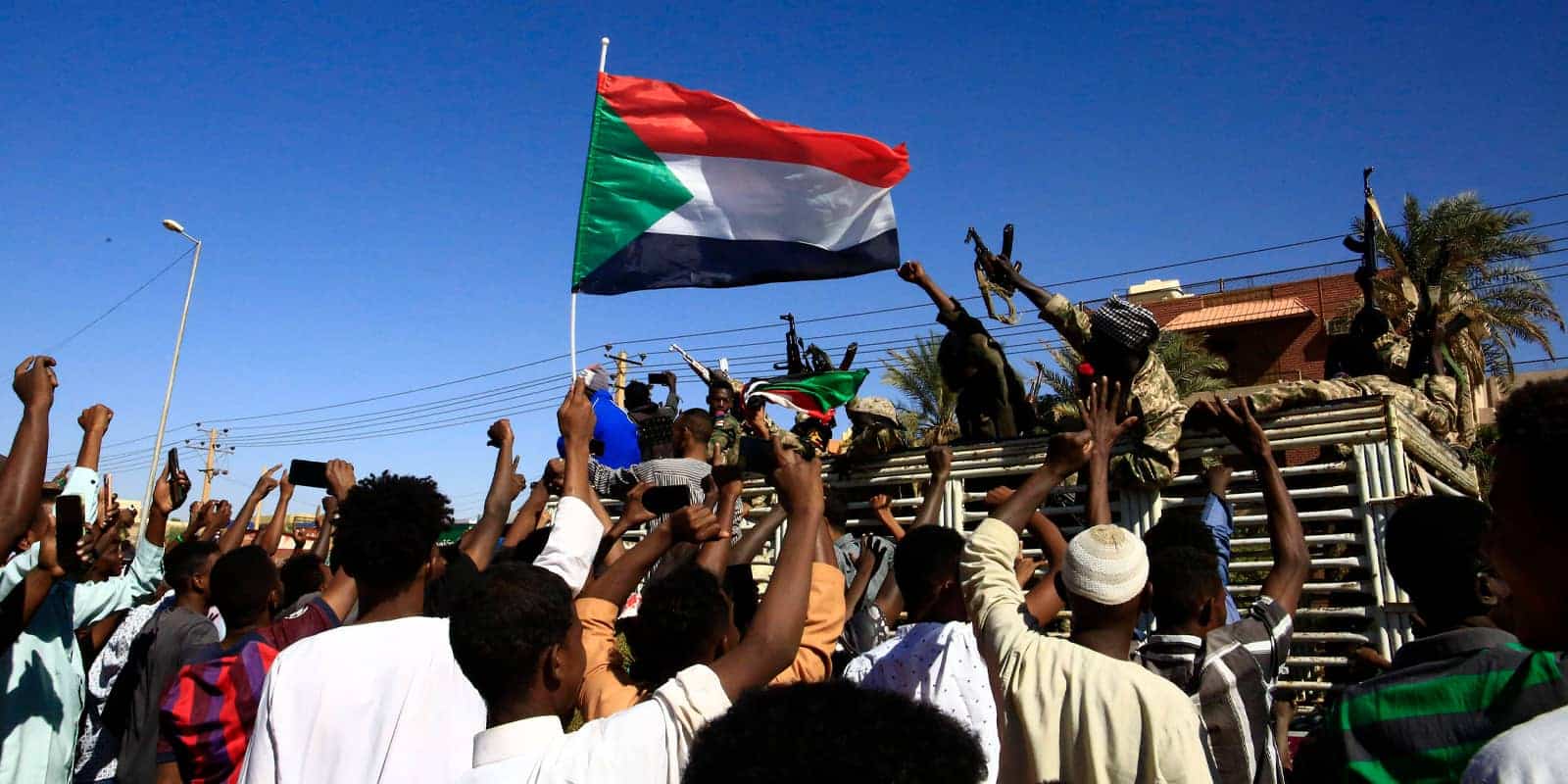




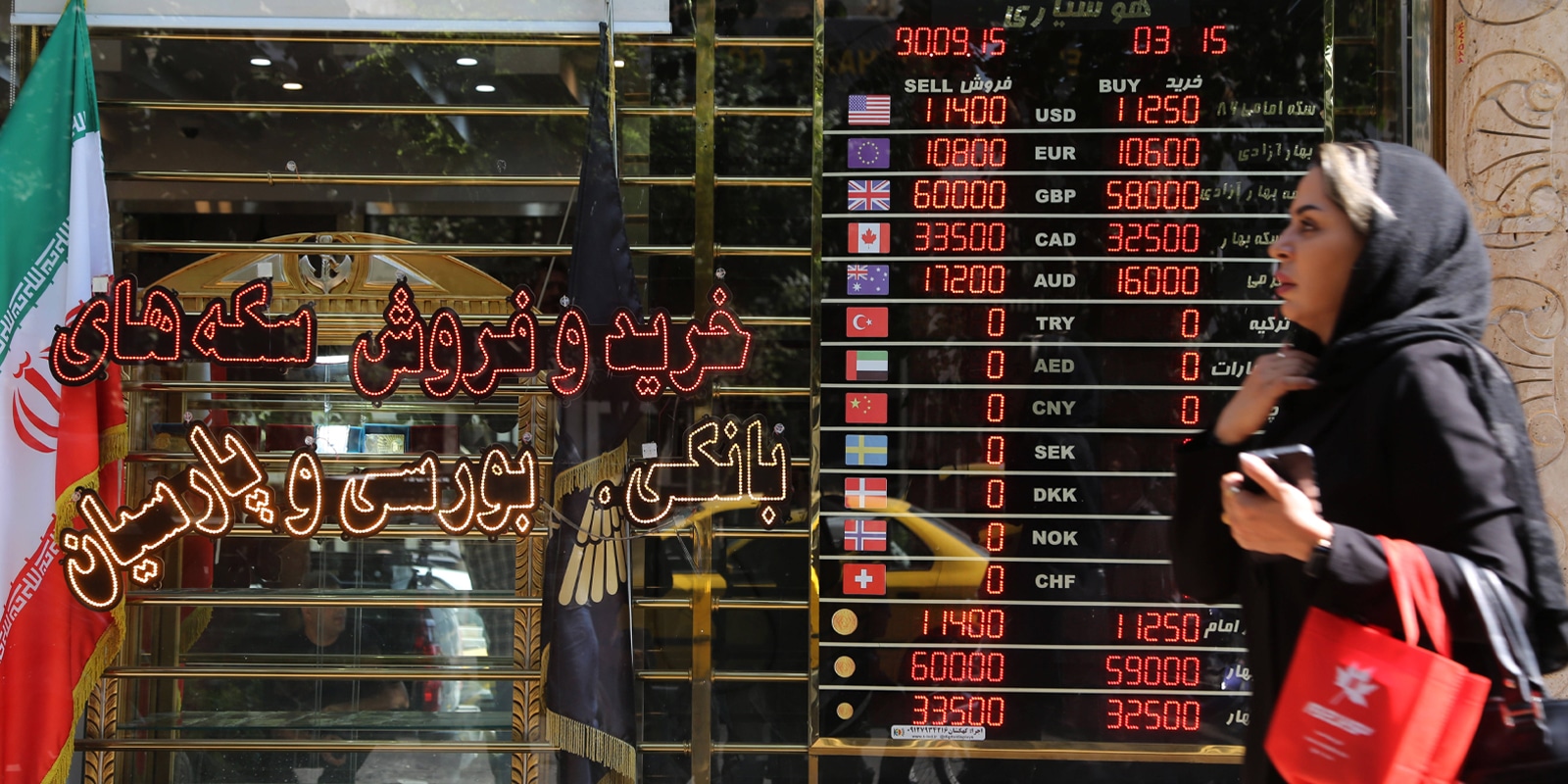

Hamas’s Battle with Gaza’s “Rogue Clans” in the Eyes of the Palestinian Public